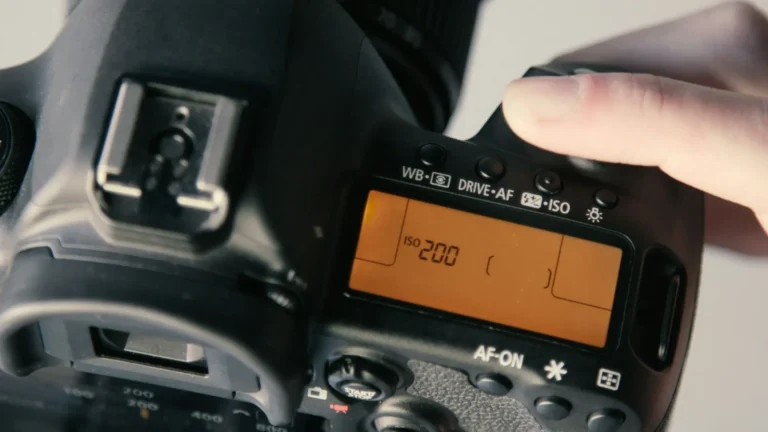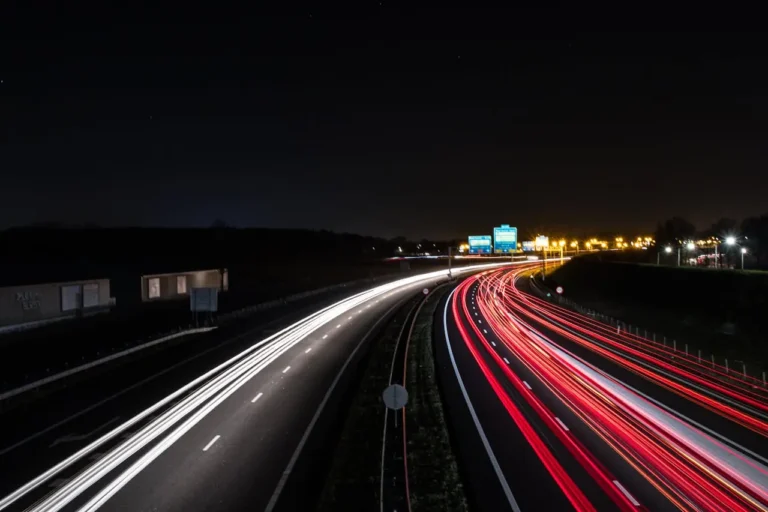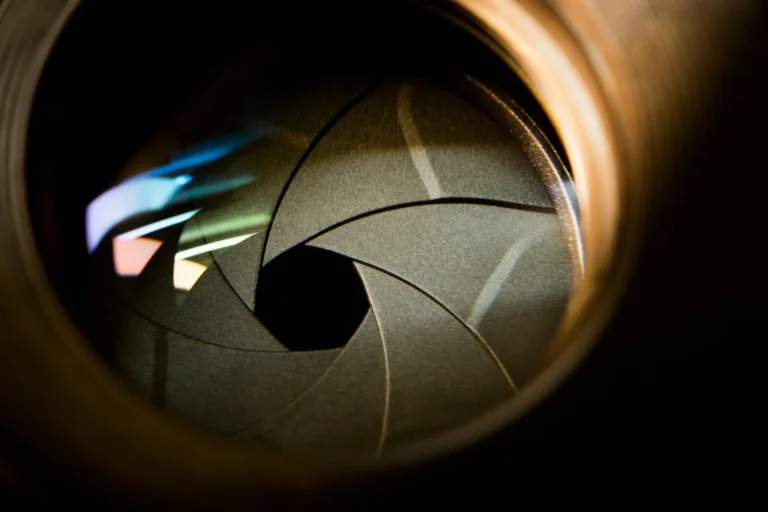Understanding shutter speed is crucial for capturing the perfect shot. It’s not just about freezing motion or creating a sense of movement; it’s about controlling how light enters your camera. Your shutter speed settings determine the duration your camera sensor is exposed to light, affecting your images’ overall brightness and sharpness.
By mastering this fundamental aspect of photography, you can unlock new creative possibilities and elevate the quality of your photos. So, let’s delve into the world of shutter speed and discover how this essential element can enhance your photography skills.
Key Takeaways
- Adjusting the shutter speed settings on your camera can significantly impact the outcome of your photos, allowing you to capture motion or create artistic effects.
- To effectively use shutter speed, consider the specific creative effect you want to achieve and adjust the settings accordingly, such as using a fast shutter speed to freeze action or a slow shutter speed for motion blur.
- Understanding the relationship between shutter speed and exposure is crucial for achieving well-balanced and adequately exposed photographs.
- When capturing action photography, such as sports or wildlife, mastering shutter speed is essential to freeze fast-moving subjects and convey a sense of motion.
- Maintaining an optimal shutter speed is vital for ensuring high image quality, as it helps prevent camera shake and blur, especially in low-light conditions.
- Experiment with advanced techniques and tips, such as panning or long-exposure photography, to expand your creative possibilities and enhance your photography skills.
Understanding Shutter Speed
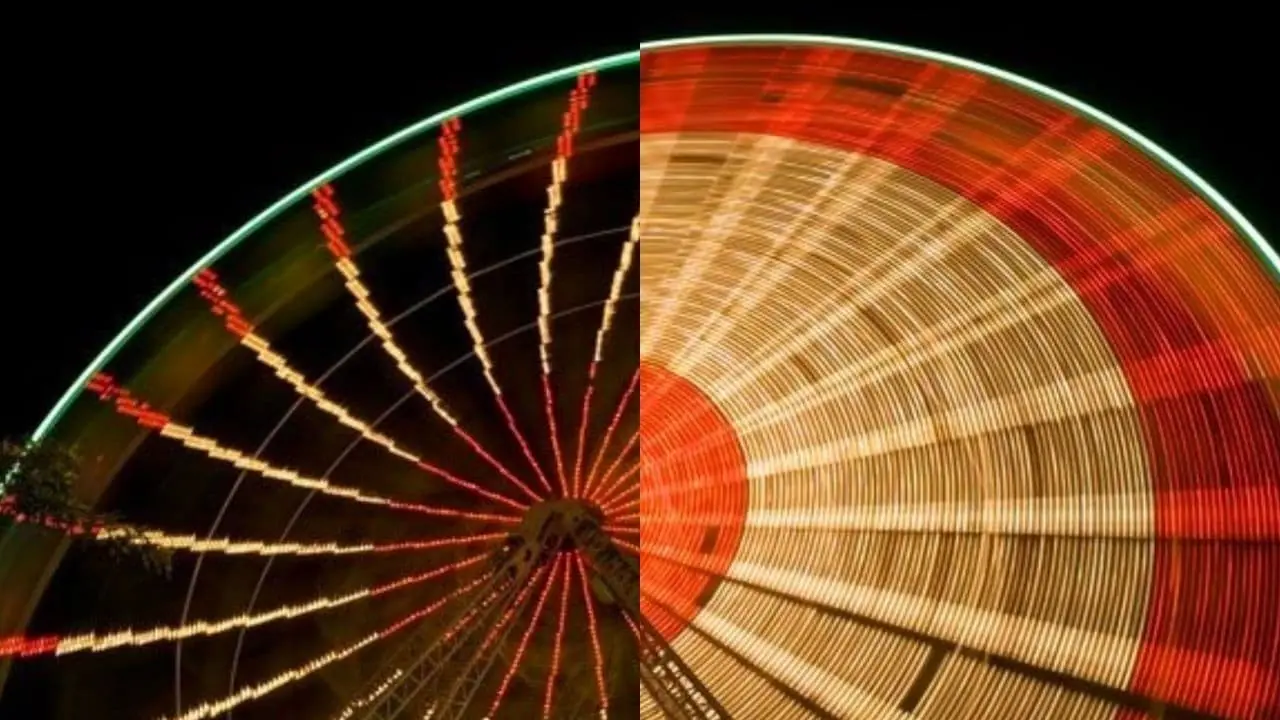
Basics Explained
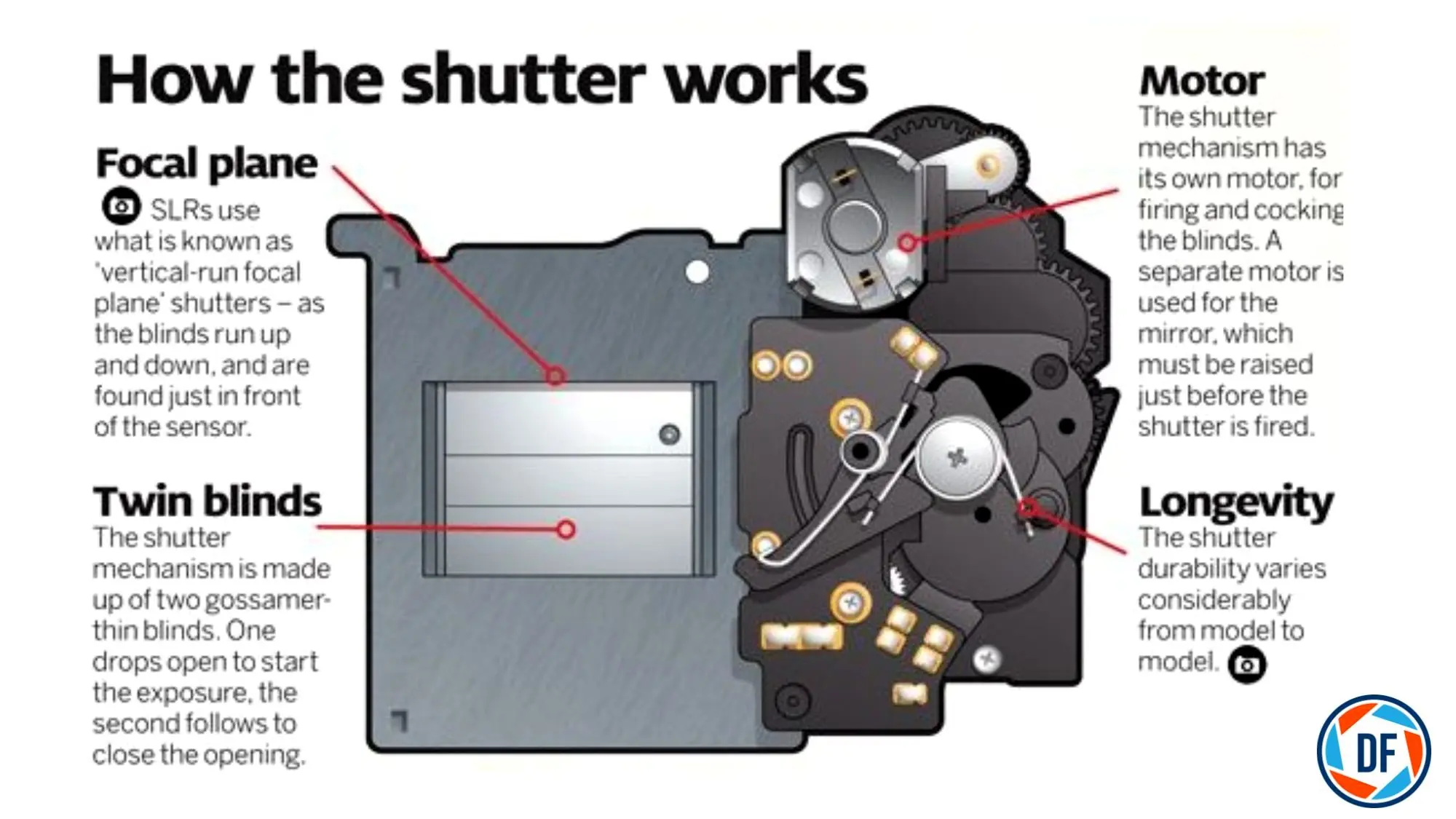
It’s all about how long your camera’s sensor is exposed to light. This duration is measured in seconds or fractions of a second, such as 1/500 or 1″. The shorter the exposure time, the less light reaches the sensor. Consequently, this affects the sharpness and motion blur in your photos. For instance, a faster shutter speed can freeze action without blurring. At the same time, a slower one can capture motion with an artistic blur.
Shutter Speed’s Hidden Truth
However, it’s crucial to note that the shutter speeds indicated on your camera may not always be accurate. Tests and real-world use have shown that these times can be off, sometimes substantially, especially at longer exposures. For example, a setting that theoretically exposes the sensor for 16 seconds may run for 15 or slightly more, and what’s marked as 30 seconds could be closer to 32. This discrepancy can impact photography disciplines requiring precise timing, such as astro and time-lapse photography, where even slight inaccuracies can lead to star trails or mistimed sequences.
Understanding this quirk of shutter speed can better inform your approach to photography, allowing you to adjust settings or timing accordingly to achieve the desired results. It’s a reminder of the importance of sometimes verifying the technical details of our equipment through practice rather than relying solely on specifications.
Importance in Photography
Understanding shutter speed is essential for achieving well-exposed photographs. Controlling the amount of light that enters the camera directly impacts overall image exposure and influences photography’s artistic and technical aspects. Whether aiming for perfectly sharp images or looking to convey a sense of motion through intentional blurring, mastering shutter speed empowers you to bring your creative vision to life.
Setting Shutter Speed
Camera Settings
Adjusting the shutter speed is crucial as it controls the amount of light that enters your camera. Combining this setting with aperture and ISO gives you the proper exposure for your photos. You can find the shutter speed adjustment in your camera’s manual mode or its shutter priority mode.
For instance, if you’re shooting a fast-moving subject like a soccer game, a quick shutter speed (1/500s or higher) will freeze the action. On the other hand, when capturing creative effects such as light painting, experimenting with slower speeds (1/30s or slower) can produce stunning results.
Recommended Settings
When taking handheld shots for general photography purposes, starting with a shutter speed of 1/125s is ideal to prevent blurriness caused by shaky hands. For sports and action photography, where subjects move quickly, faster speeds (1/500s or higher) ensure sharp images without motion blur.
Experimenting with long shutter speeds lets you capture beautiful nighttime scenes and create dreamy effects like smooth-flowing waterfalls. Finding the correct shutter speed involves practice and experimentation to achieve your desired photographic outcome.
Shutter Speed for Creative Effects
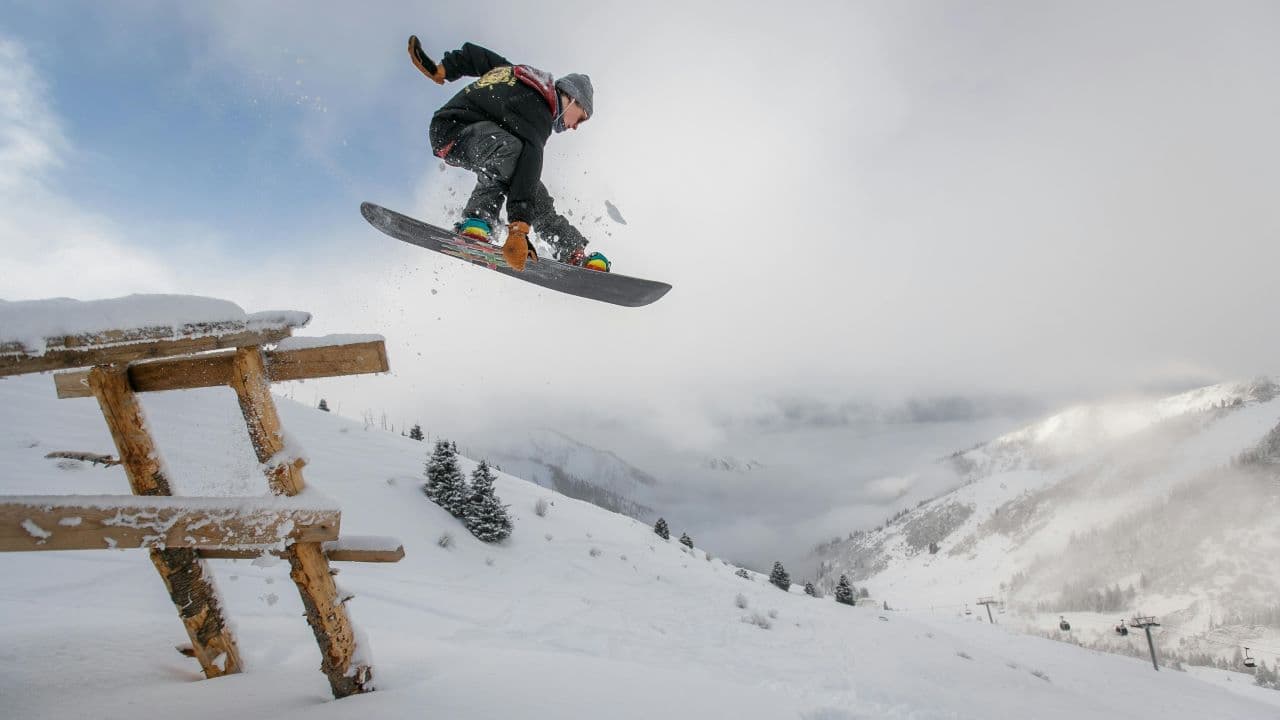
Freezing Motion
High shutter speeds (1/500s or faster) are your best bet when capturing fast-moving subjects. They help you freeze the action and ensure every detail is crisp and clear in your photos. This is especially useful for sports, wildlife, or any action photography where you want to eliminate any blurriness caused by motion.
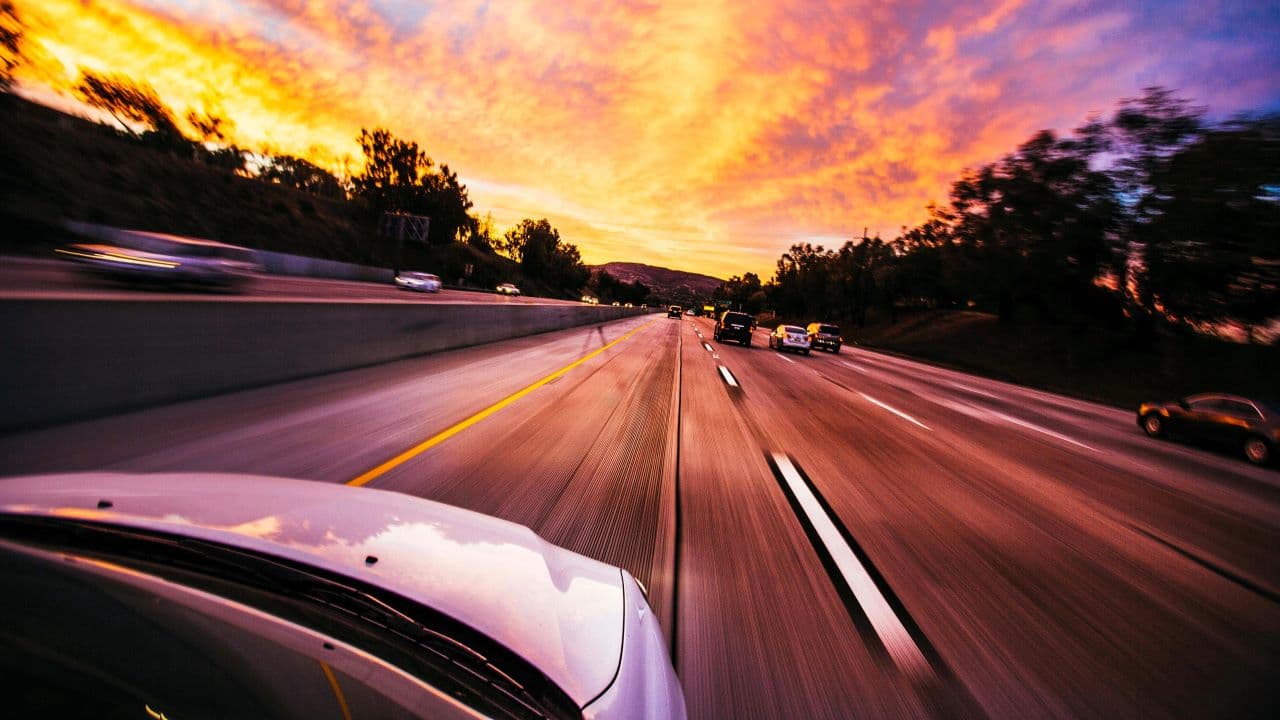
Motion Blur
On the other hand, if you’re looking to convey a sense of movement or create more artistic and expressive images, consider using slower shutter speeds (1/30s or slower). These slower settings intentionally introduce motion blur into your photos, adding dynamism and emotion to your shots by giving them an impression of speed and action.
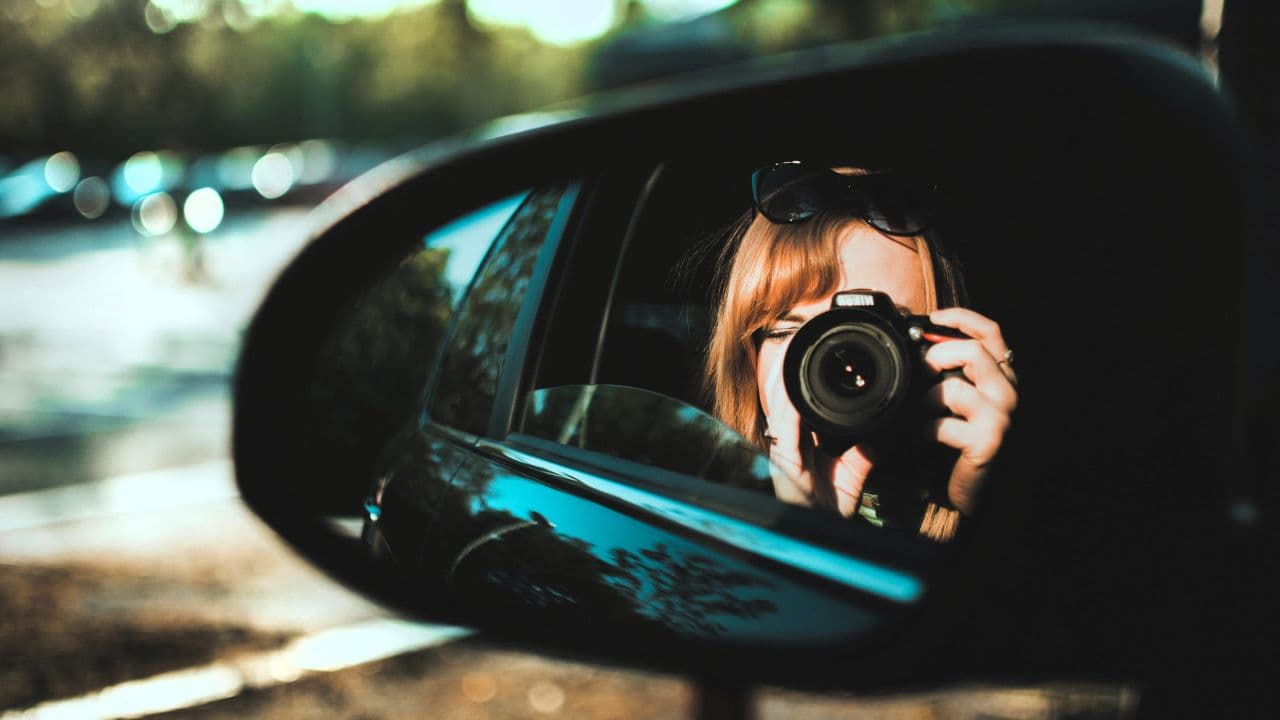
Zoom Blur Technique
Try experimenting with the zoom blur technique for an even more dramatic effect. By adjusting your zoom while using a slow shutter speed during exposure, you can create captivating radial blur effects around the focal point of your image. This technique adds depth and visual impact to your photos by focusing on specific elements within the frame.
Shutter Speed and Exposure
Exposure Relationship
When adjusting shutter speed, remember that it directly impacts the exposure triangle, including aperture and ISO. Balancing these settings is crucial for achieving proper brightness in different lighting conditions. For example, a faster shutter speed can help you capture sharp images of moving subjects in bright light. At the same time, a slower one allows for creative effects like capturing the movement of flowing water.
Understanding their relationship is essential for mastering exposure control. By manipulating the shutter speed, you have more control over how much light enters your camera. This means that if you’re shooting in low light conditions, using a slower shutter speed will allow more light to hit the sensor, resulting in a well-exposed image without increasing ISO too much and introducing noise.
Preventing Blur
When capturing long exposures or handheld shots, consider using a tripod or stabilizing your camera on a solid surface to avoid unintentional blur at slow shutter speeds. If handheld shooting is necessary, employ image stabilization technology to counteract any potential camera shake.
Remote triggers or self-timers can minimize vibrations during exposure by eliminating the need to physically press the shutter button. These techniques are handy when working with longer exposures where even slight movements can result in unwanted blurriness.
Using Shutter Speed Effectively
Choosing Perfect Speed
When adjusting the shutter speed, it’s crucial to consider the specific subject and what you aim to achieve. For instance, if you’re capturing a fast-moving object like a car or an athlete in action, you may opt for a faster shutter speed to freeze the motion. On the other hand, when photographing flowing water or wanting to convey a sense of movement, slower speeds can produce stunning effects.
Factors such as available light also play a significant role in determining your ideal shutter speed. In low-light conditions, you should use slower speeds, which could result in more motion blur. However, with ample light, faster speeds can help maintain image sharpness while freezing any action.
Experimentation is key! Try different shutter speeds and observe how they impact your photos. This hands-on approach will help you find the perfect balance between freezing motion and creating artistic blur.
Camera Shake Impact
When shooting handheld at slow shutter speeds, be mindful of potential camera shakes that can lead to blurry images. Many modern cameras come equipped with image stabilization systems that minimize the impact of shaky cameras on image quality.
In addition to relying on technology, proper handholding techniques are essential for reducing camera shake during handheld photography sessions. Ensuring a stable grip on your camera and gently pressing the shutter button can significantly improve image sharpness even at slower shutter speeds.
Shutter Speed in Action Photography
Aerial Photography
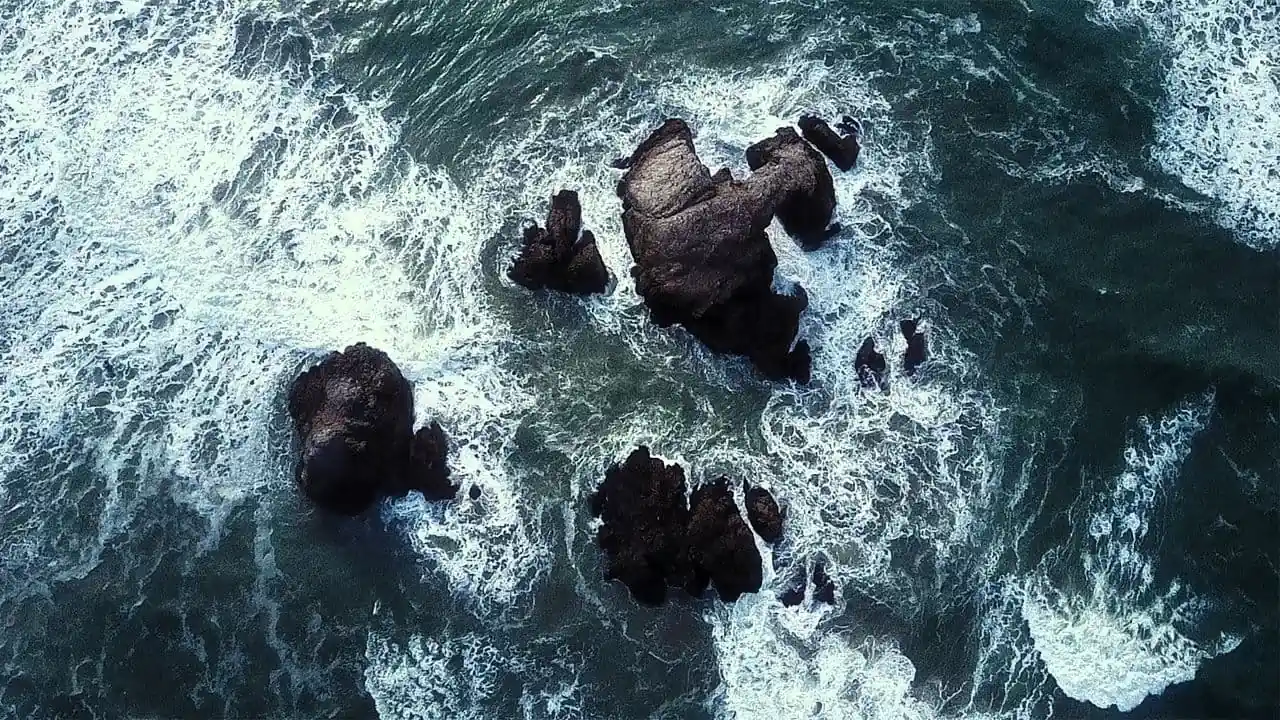
Fast shutter speeds are essential when capturing images from moving aircraft or drones. They help counteract motion caused by wind, vibration, or rapid movement during flight. Imagine taking a clear photo from a helicopter – the fast-moving blades and the aircraft’s speed can cause blurriness without a high-speed shutter setting. This is where your camera’s ability to capture sharp aerial images becomes crucial.
Enabling clear, detailed aerial photographs even at high altitudes is another advantage of fast shutter speeds. When flying at high altitudes, having the proper settings on your camera is essential to get crystal-clear shots of the landscape below.
Sports Photography
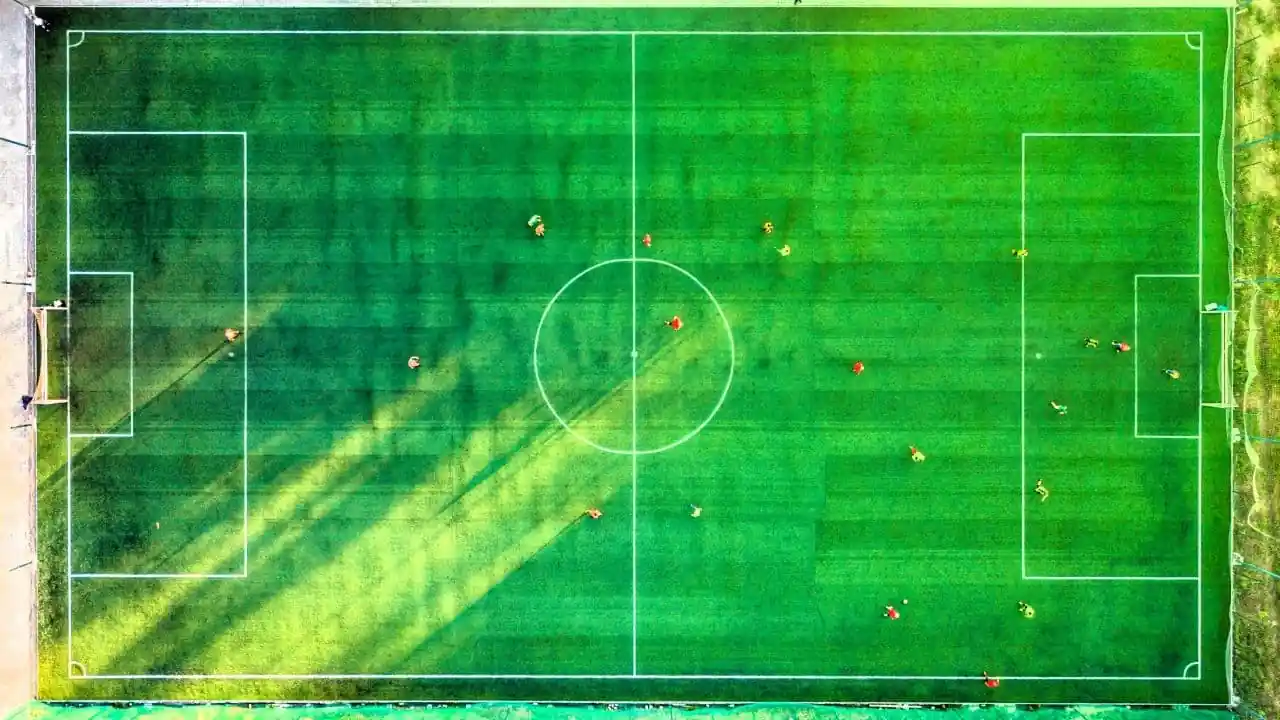
In sports photography, high-speed shutter settings are necessary to freeze fast-paced action and maintain clarity in your photos. Think about capturing athletes in motion – it demands precise timing and quick shutter responses to avoid blurring. Whether a soccer player kicking a ball or a sprinter crossing the finish line, having your camera set with fast shutter speeds ensures you don’t miss any dynamic moments in sports events and competitions.
Shutter Speed and Image Quality
Quality Impact
When capturing moving subjects or scenes with varying activity levels, the shutter speed is crucial in ensuring your photos are sharp and detailed. By adjusting the shutter speed, you can control how motion is depicted in your images.
A faster shutter speed freezes action, resulting in sharp shots of fast-moving subjects such as athletes, wildlife, or vehicles. This means that even when there’s a lot of movement within the frame, you can capture a clear image without any blur.
On the other hand, using slower shutter speeds allows for creative effects like showing motion blur to convey a sense of movement in your photos. For example, when photographing flowing water or light trails at night, using a slower shutter speed can produce stunning visual effects while maintaining image quality.
Advanced Techniques and Tips
Understanding Motion
Mastering shutter speed lets you capture various degrees of motion in your photos. Adjusting the shutter speed allows you to freeze fast-paced action or intentionally blur movement to convey depth, energy, and emotion in your images. For instance, a fast shutter speed freezes a vehicle’s motion in mid-air when photographing a speeding car. At the same time, a slower one captures its dynamic movement with elegant blurs.
Experimenting with different shutter speeds allows you to add unique creative dimensions to your photography. It opens up endless possibilities for crafting visual stories through innovative use of motion. With faster shutter speeds, you can freeze water droplets in time or capture crisp details of a moving subject. Conversely, slower shutter speeds enable you to create dreamy effects by blurring flowing water or capturing the graceful swaying of tree branches in the wind.
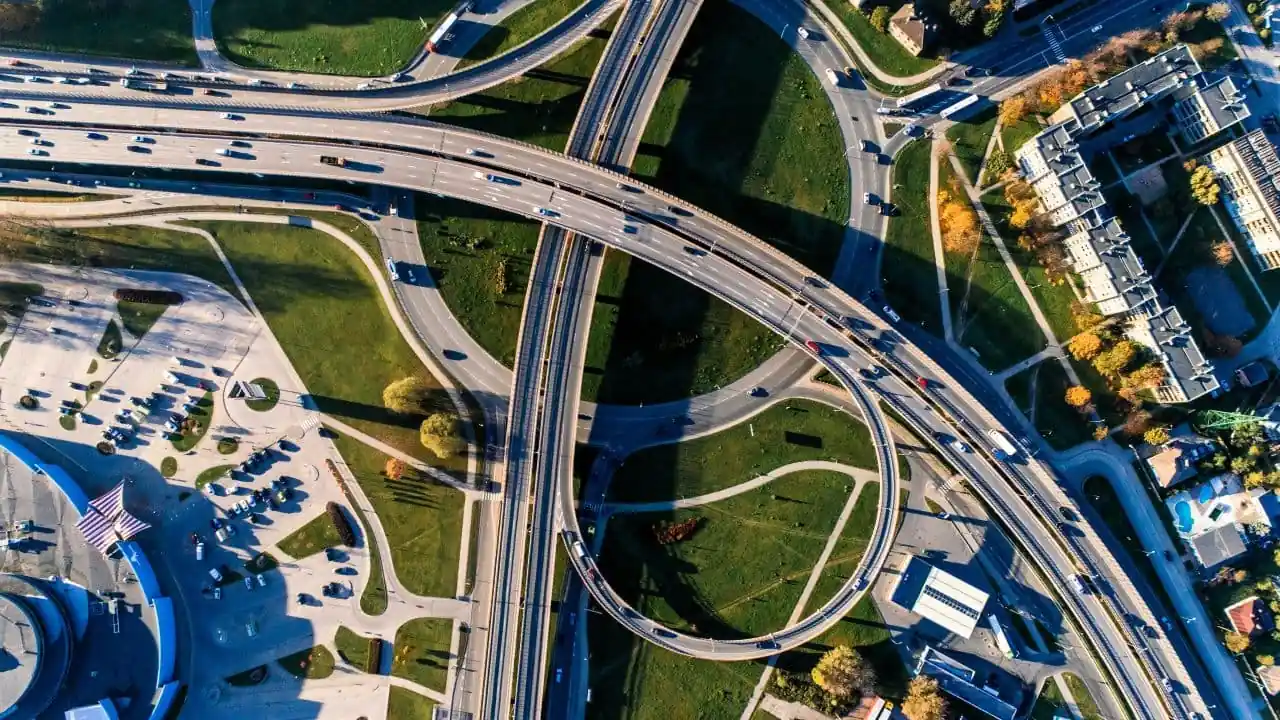
Creative Applications
Beyond technical considerations, playing with various shutter speeds enables you to transform ordinary scenes into extraordinary works of art. Whether capturing the exhilarating rush of city traffic at night with long exposures or conveying the serene flow of clouds across the sky through time-lapse photography, mastering this technique lets you infuse your images with captivating narratives that transcend mere visual representation.
Closing Thoughts
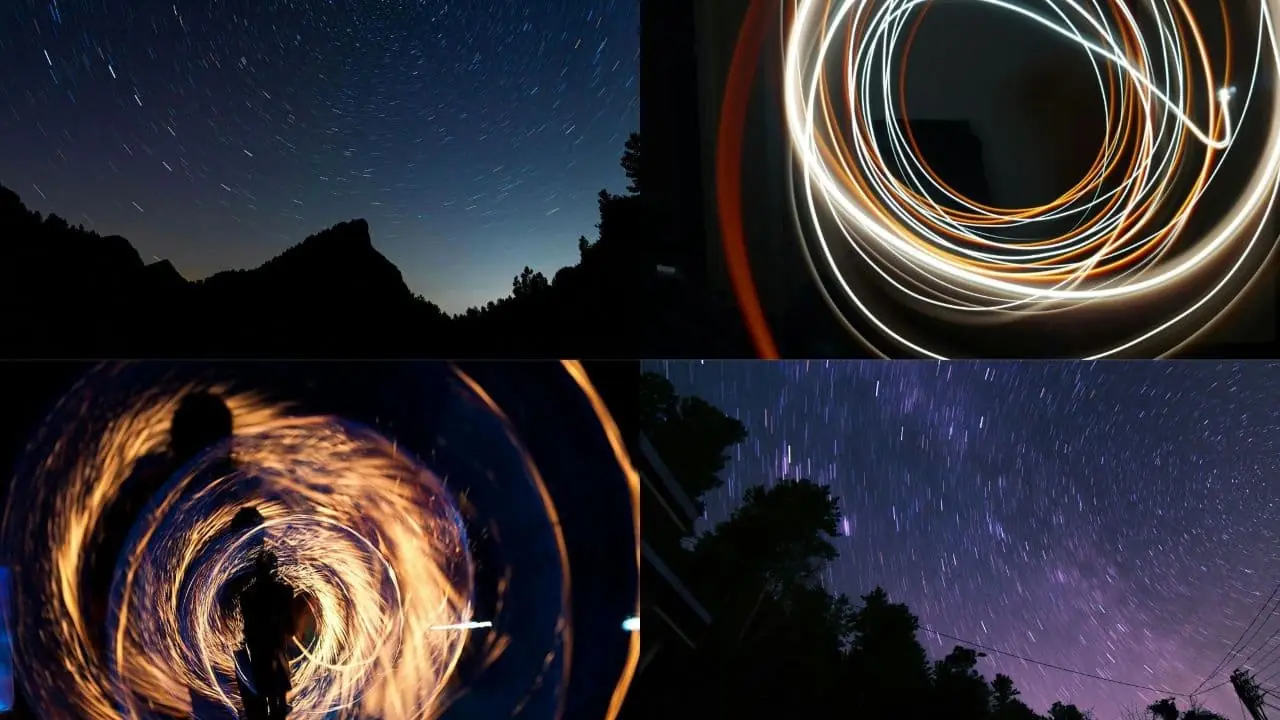
You’ve now mastered the ins and outs of shutter speed, from its technical aspects to its creative applications. You can elevate your photography game by effectively manipulating shutter speed and capturing stunning, dynamic images. Remember, it’s not just about freezing or blurring motion; it’s about using shutter speed to convey emotion and tell compelling visual stories. So, go out there, experiment with different settings, and unleash your creativity through the power of shutter speed!
Now that you’ve jumped into the world of shutter speed, grab your camera and apply what you’ve learned. The best way to truly grasp these concepts is through hands-on practice. Embrace the challenges, celebrate the successes, and keep refining your skills. Your journey to mastering shutter speed has just begun!
Frequently Asked Questions
What is shutter speed?
Shutter speed refers to the length of time a camera’s shutter is open, allowing light to reach the camera sensor. It controls the amount of motion blur in an image and is measured in seconds or fractions of a second.
How does shutter speed affect my photos?
The chosen shutter speed significantly impacts your photos. A faster shutter speed freezes motion, while a slower one can create a sense of movement or blur. Understanding how it affects your images will help you capture the desired effect.
What are some creative effects achievable with different shutter speeds?
By adjusting the shutter speed, you can achieve creative effects such as capturing smooth water flow at slow speeds, freezing fast-moving subjects at high speeds, or conveying a sense of motion through intentional blurring.
How does exposure relate to shutter speed?
Exposure is determined by three factors: aperture, ISO sensitivity, and shutter speed. Shutter speed plays a crucial role in controlling exposure by regulating the duration of light reaching the camera sensor.
Can I use specific techniques to make effective use of different shutter speeds?
Absolutely! Techniques like panning for motion blur or using long exposures for night photography can leverage varying shutter speeds creatively and effectively enhance your photographs’ visual impact.

